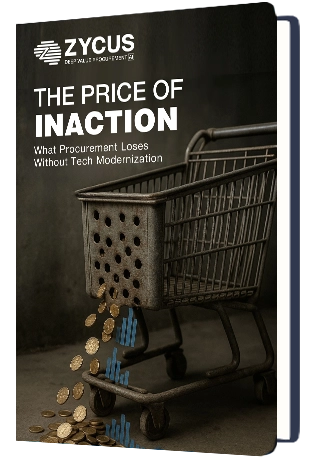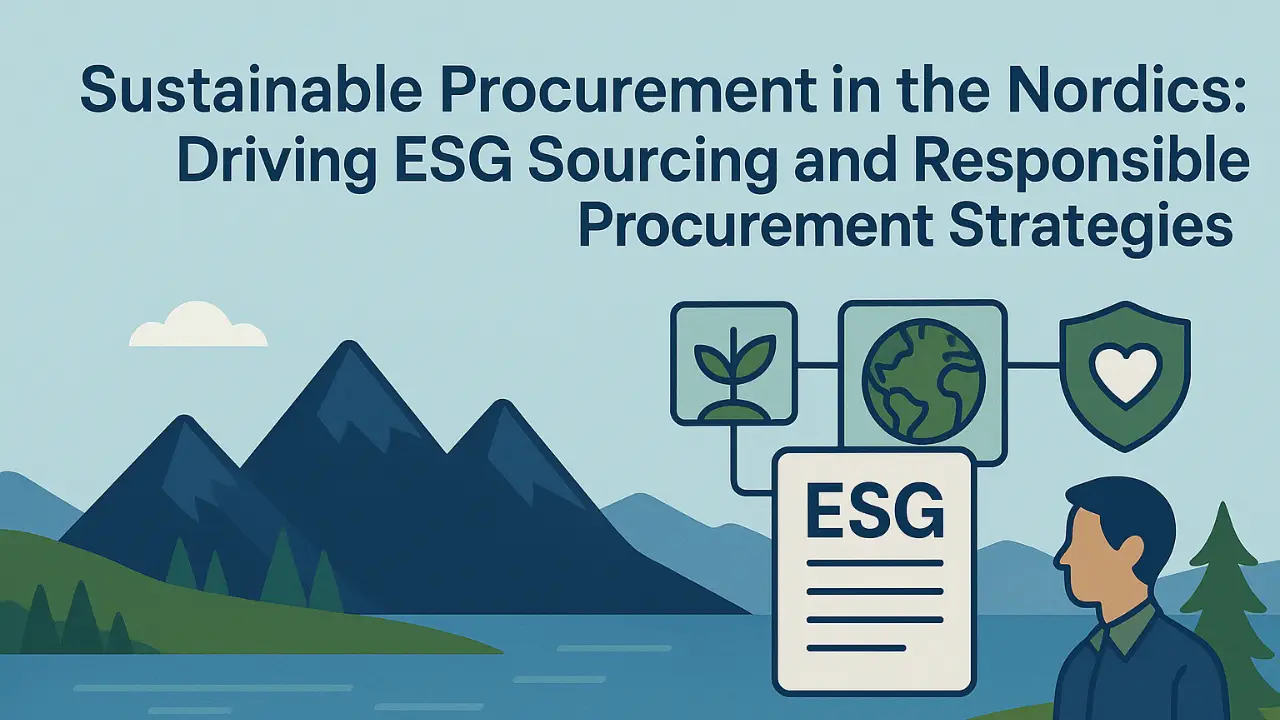In procurement, even small administrative details can have a major impact on efficiency, compliance, and vendor relationships. One such detail is the remit to address — the address where payments are sent or remitted. While it might sound simple, accurate remit to address management is essential for ensuring timely payments, avoiding costly errors, and maintaining smooth supplier relationships.
From large multinational corporations to emerging enterprises, managing remit to addresses effectively can mean the difference between frictionless procurement and a cascade of disputes, delays, and compliance risks. In this article, we’ll explore what remit to addresses are, why they matter, and how organizations can optimize their management using best practices, tools, and real-world examples.
TL;DR
- The remit to address in procurement is crucial for accurate, timely supplier payments and compliance with financial regulations.
- Errors in remit to address details can lead to delayed payments, strained vendor relationships, and higher administrative costs.
- Common challenges include outdated records, manual data entry errors, and poor integration between procurement and finance systems.
- Best practices involve regular verification, use of address validation tools, and centralized supplier data management.
- Advanced technologies like AI-powered address verification and digital remittance solutions improve payment accuracy, reduce risk, and streamline workflows.
What is a Remit to Address in Procurement?
A remit to address is the specific location — physical or electronic — where payment for goods or services should be sent. It’s typically listed on supplier invoices and purchase orders and may differ from the supplier’s main business address.
In procurement, the remit to address plays a critical role in:
- Payment Efficiency – Ensuring funds are delivered to the correct recipient without delays.
- Financial Compliance – Supporting adherence to tax, audit, and regulatory requirements.
- Vendor Relationship Management – Avoiding payment disputes and maintaining trust with suppliers.
Importance of Accurate Remit to Address Management
Accuracy in remit to address management is more than a clerical necessity — it’s a strategic procurement priority. Inaccurate details can:
- Cause payment delays that impact supplier cash flow.
- Trigger late payment penalties or lost early payment discounts.
- Damage vendor trust and weaken future negotiation leverage.
- Lead to audit and compliance issues that can result in fines.
For example, a supplier in a global sourcing arrangement might have different remit addresses for regional offices. If procurement uses the wrong address, the payment could be delayed or misapplied, disrupting the supply chain.
Common Challenges in Managing Remit to Addresses
Organizations often face similar pain points:
- Data Decay – Supplier addresses change due to relocations, mergers, or banking shifts.
- Manual Entry Errors – Mistyping postal codes, address lines, or supplier names.
- System Silos – Procurement, finance, and supplier management systems not sharing updated data.
- Multiple Formats – Suppliers providing addresses in inconsistent formats across invoices and contracts.
These challenges not only slow down payment cycles but also increase the risk of duplicate or incorrect payments.
Impact of Incorrect Remit to Addresses on Payment Processes
Incorrect remit addresses can have a ripple effect:
- Delayed Payments – Leading to strained supplier relationships.
- Increased Administrative Costs – Manual corrections require extra time and resources.
- Compliance Risks – Failing to adhere to remittance regulations, especially in cross-border transactions.
- Cash Flow Disruptions – Suppliers delaying shipments until payments are resolved.
A study of mid-sized enterprises revealed that incorrect remit information could extend payment processing times by up to 14 days, severely impacting both sides of the transaction.
Best Practices for Verifying and Updating Remit to Addresses
To avoid these pitfalls, procurement teams should:
- Verify at Onboarding – Validate the remit address during supplier setup.
- Regularly Update Records – Conduct quarterly reviews of supplier data.
- Automate Validation – Use address verification tools that cross-check against postal databases.
- Centralize Data Management – Maintain a single source of truth for supplier information across systems.
- Integrate With Contracts – Ensure contract management systems store and sync remit to address details.
Tools and Technologies for Address Validation
Technology plays a critical role in modern remit to address management.
- Address Validation Tools – Automatically check address accuracy against official postal databases.
- Digital Remittance Solutions – Send and track electronic payments directly, reducing reliance on physical addresses.
- AI-Powered Procurement Platforms – Predict and flag anomalies in supplier payment details for review.
For example, Zycus’ Merlin AI platform integrates supplier management, contract details, and payment processing to ensure remit to address accuracy across the procurement lifecycle.
Case Studies of Successful Remit to Address Management
Case Study 1: Global Manufacturing Firm
By integrating an AI-driven address validation tool into its supplier onboarding, the company reduced payment errors by 85% and improved supplier satisfaction scores within six months.
Case Study 2: Mid-Market Retailer
The retailer implemented a digital remittance system, achieving a 20% reduction in payment cycle times and eliminating over $250K in duplicate payments annually.
These examples highlight the ROI potential of proactive remit to address management.
Conclusion
In procurement, remit to address accuracy is not just administrative — it’s operationally and strategically critical.
By implementing best practices, leveraging advanced validation tools, and integrating data across systems, organizations can:
- Speed up payment cycles.
- Strengthen supplier relationships.
- Ensure compliance and reduce audit risks.
- Unlock cost savings and process efficiency.
For enterprises ready to modernize their procurement operations, Zycus provides the modular, AI-powered procurement tools to ensure remit to address management is accurate, compliant, and seamlessly integrated into every transaction.
FAQs
Q1: What does “remit to address” mean in procurement?
It’s the designated address where suppliers request payments to be sent, ensuring funds are delivered correctly and on time.
Q2: How is a remit to address different from a billing address?
A billing address is linked to the buyer’s account for invoicing, while a remit to address is where the supplier wants the payment sent.
Q3: How often should remit to addresses be updated?
Best practice is to review and validate supplier addresses quarterly or whenever there’s a change in supplier details.
Q4: What tools can help verify remit to addresses?
Address validation software, ERP-integrated supplier management systems, and digital remittance solutions are commonly used.
Q5: What are the risks of using an incorrect remit to address?
Delayed or failed payments, compliance violations, supplier disputes, and increased processing costs.
Q6: Can remit to addresses be managed electronically?
Yes — with digital procurement platforms, remit to address details can be stored, updated, and validated electronically, reducing manual errors.
Related Reads:
- Procurement Process: 7 Steps for Optimal Efficiency and Cost Savings
- Optimizing Your Services Procurement Process: A Guide to Efficiency
- Smart Intake Management & AI: Revolutionizing Cross-Border Payment Compliance
- What is Source to Pay – A Guide to Source to Pay Process
- Whitepaper: Unlocking Deep Value: The Impact of Agentic AI on Source-to-Pay































































